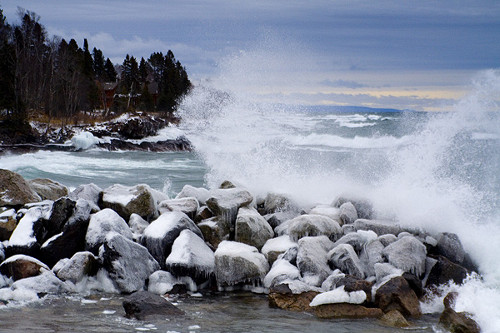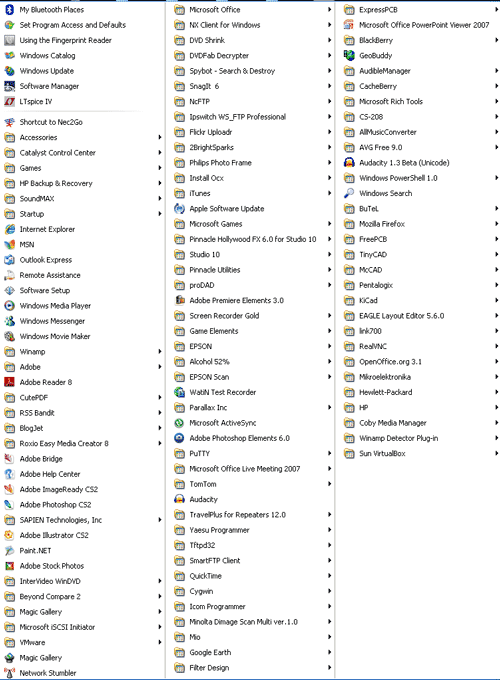New Kits on Order
Since I did not buy anything at the Mid Winter Madness hamfest I went with my backup plan. I had been waiting on ordering these until I knew if I had spent my allowance in Buffalo.
http://www.qsl.net/k5bcq/Kits/Kits.html

You can never have enough signal sources on hand. This one is pretty small and covers a nice range. It is WAY smaller than my HP606 and Wavetek 3000. It will make a nice addition to the work bench with the other test gear.
http://www.aade.com/lcmeter.htm

I have been looking at ordering the LC meter for about 6 months and had always found a reason to avoid spending the money. I have a LOT of variable capacitors on hand that are unmarked. I also tend to homebrew quite a few of my inductors. Both of those reasons keep reminding me that it would be handy to have an LC meter on hand. (I will build a couple of additional test fixtures for it once it is assembled.)
I will see if I can get N0AEA and N2BEN to help assemble them once the kits arrive in a week or so.
73 de NG0R

http://www.qsl.net/k5bcq/Kits/Kits.html

You can never have enough signal sources on hand. This one is pretty small and covers a nice range. It is WAY smaller than my HP606 and Wavetek 3000. It will make a nice addition to the work bench with the other test gear.
http://www.aade.com/lcmeter.htm

I have been looking at ordering the LC meter for about 6 months and had always found a reason to avoid spending the money. I have a LOT of variable capacitors on hand that are unmarked. I also tend to homebrew quite a few of my inductors. Both of those reasons keep reminding me that it would be handy to have an LC meter on hand. (I will build a couple of additional test fixtures for it once it is assembled.)
I will see if I can get N0AEA and N2BEN to help assemble them once the kits arrive in a week or so.
73 de NG0R
















